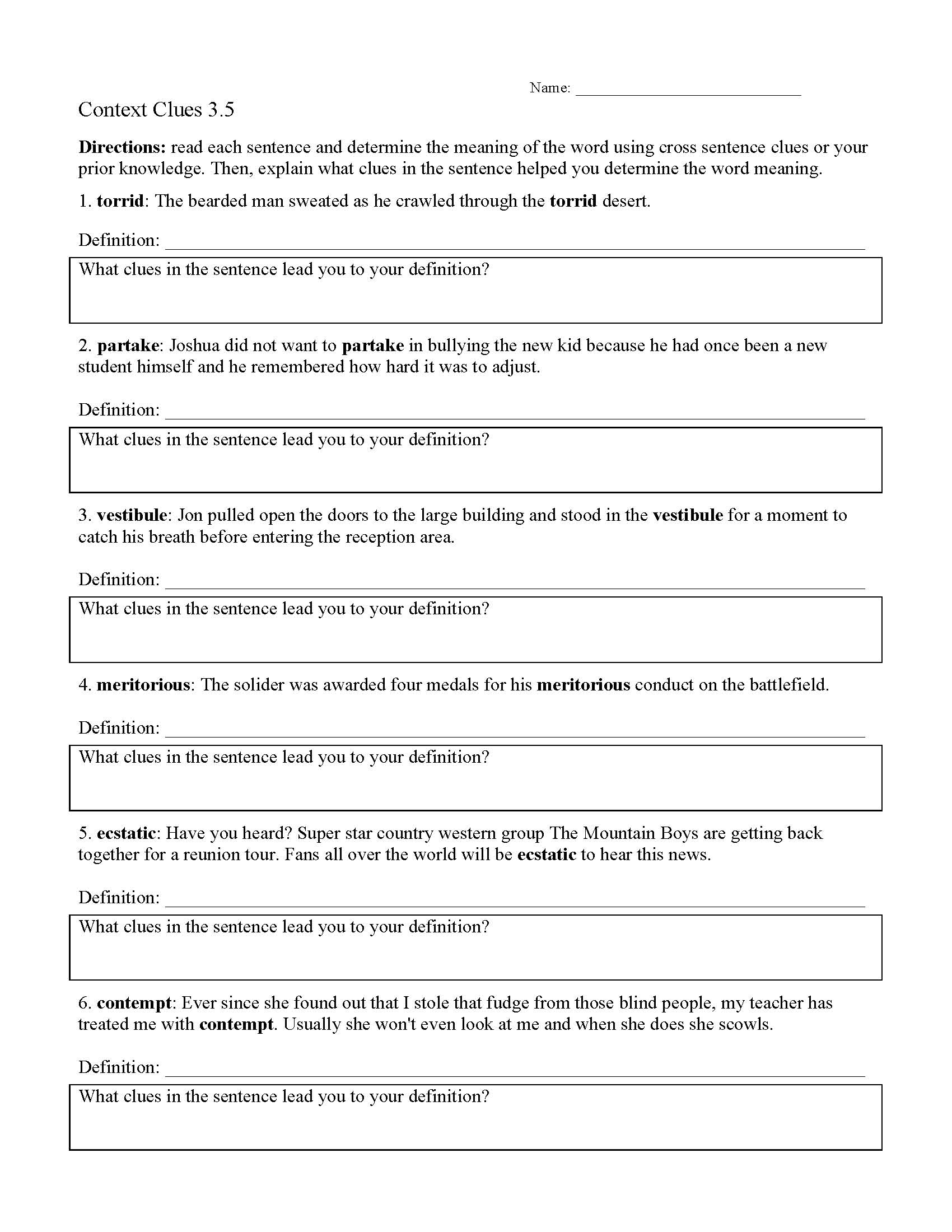5 Tips Read Context

Understanding the context of a piece of writing, a conversation, or any form of communication is crucial for effective comprehension and interaction. Context provides the background, circumstances, and framework that give meaning to the words, actions, and intentions of the parties involved. Here are five tips to enhance your ability to read context:
1. Consider the Source and Their Intentions
When approaching a text, conversation, or any form of communication, it’s essential to consider who the author or speaker is and what their intentions might be. Different sources have different agendas, biases, and purposes. For instance, a news article from a reputable journalistic source might aim to inform, while a blog post from a company website might aim to persuade or promote. Recognizing these intentions helps in understanding the context of the message.
2. Look for Clues in the Environment and Setting
The physical or virtual environment in which a conversation or interaction takes place can significantly influence its context. For example, a formal email is likely to be more structured and polite than an informal text message between friends. Similarly, a conversation in a professional setting, like a conference room, may have a different tone and content compared to one in a casual setting, like a coffee shop. Paying attention to these environmental clues can help you better understand the context.
3. Pay Attention to Non-Verbal Cues and Tone
Non-verbal cues, such as body language, facial expressions, and tone of voice, provide crucial contextual information in face-to-face interactions. Even in written communication, tone can be inferred from the language used, punctuation, and capitalization. For instance, a message written in all capital letters might convey a stronger emotion than one written in lowercase. Being sensitive to these cues helps in accurately interpreting the context of a message.
4. Understand the Historical and Cultural Context
The meaning of messages can vary significantly depending on the historical period and cultural background in which they are communicated. What might be considered appropriate or offensive can change over time and differ between cultures. For example, gestures, idioms, and slang that are common in one culture might be unknown or have different meanings in another. Being aware of these cultural and historical contexts is vital for accurate interpretation.
5. Reflect and Ask Questions
Finally, if you’re unsure about the context of a communication, it’s perfectly acceptable to reflect on the information provided and ask questions for clarification. Reflection helps in processing the information and identifying potential gaps in understanding, while asking questions can provide direct insight into the intentions, meanings, and context that the communicator intended to convey. This active approach ensures that misinterpretations are minimized and that communication is effective.
In conclusion, reading context is a nuanced skill that involves considering multiple factors, from the source and their intentions to the environmental setting and cultural background. By developing this skill, individuals can improve their communication, avoid misunderstandings, and foster more effective and meaningful interactions in both personal and professional spheres.
How can understanding context improve communication?
+Understanding context can significantly improve communication by helping individuals accurately interpret the intentions, meanings, and nuances behind messages. It reduces the chance of misunderstandings, enhances empathy, and allows for more appropriate and thoughtful responses.
What role does cultural awareness play in reading context?
+Cultural awareness is crucial in reading context as it helps in understanding the specific values, beliefs, and practices of different cultures. This awareness can prevent misinterpretations of gestures, expressions, and language that might have different meanings in different cultures, thereby enhancing cross-cultural communication.

